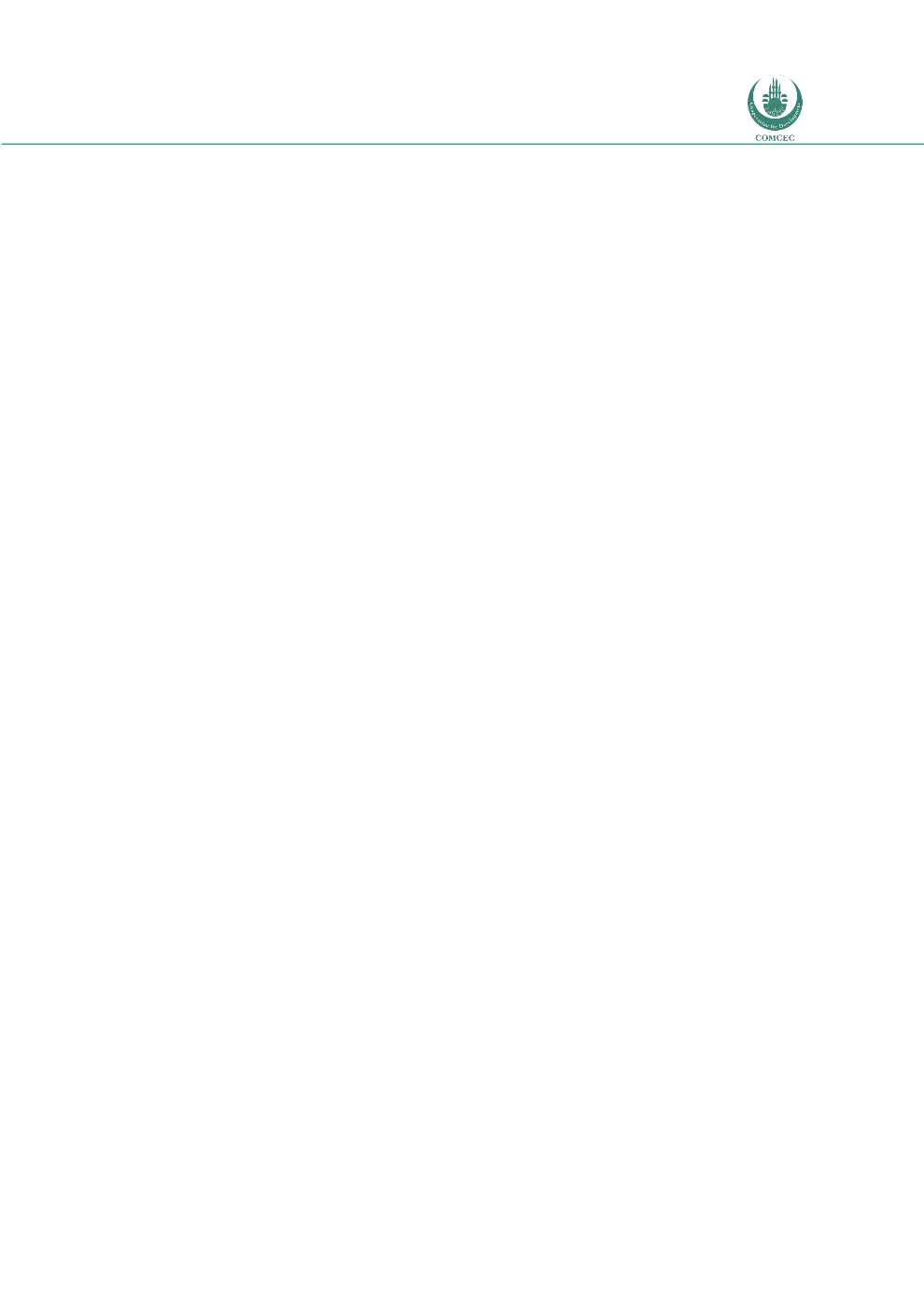

Risk Management in
Islamic Financial Instruments
73
4.4.1.2 Malaysian Banking Sector
The following analysis uses data from 15 Malaysian Islamic banks for which data is available
on the BankScope database. The banks are: Alkhair International Islamic Bank Berhad, Asian
Finance Bank Berhad, OCBC Al-Amin Bank Berhad, Standard Chartered Saadiq Berhad, Al Rajhi
Banking & Investment Corporation (Malaysia) Berhad, Alliance Islamic Bank Berhad, Kuwait
Finance House (Malaysia) Berhad, HSBC Amanah Malaysia Berhad, Affin Islamic Bank Berhad,
Bank Muamalat Malaysia Berhad, RHB Islamic Bank Berhad, AmIslamic Bank Berhad, Public
Islamic Bank Berhad, Bank Islam Malaysia Berhad, CIMB Islamic Bank Berhad, Maybank
Islamic Berhad and Hong Leong Islamic Bank Berhad.
Average total assets in the Malaysian Islamic bank sample is 5,727 million USD, with average
deposits of 5,085 million USD.
4.4.1.3 Risk Matrices
Asset quality ratios
For the Malaysian banking sector, the Asset Quality for the Islamic bank loan portfolio is rather
poor, compared to those of their conventional counterparts. Average Loan Loss Res/Gross
Loans ratios and average loan loss reserve over gross loan ratios for the Islamic banks are
3.20% and 33.83%, which are higher than those of their conventional counterparts of 2.98%
and 4.02%, respectively. (See Chart 4.13)
Capital Adequacy ratios
Islamic banks in Malaysia, in general, maintain higher capital adequacy ratios in both the Tier 1
Ratio (13.62%) and Total Capital Ratio (15.74%), compared to their conventional
counterparts, with 8.89% and 11.14%, respectively. Islamic banks also maintain higher Equity
/ Liabilities ratios, compared to conventional banks. (See Chart 4.14)
Operational Efficiency ratios
Chart 4.15 shows that Malaysian Islamic banks, on average, have higher net interest margins
(3.02%) and net interest revenue to average assets (2.29%), compared to the conventional
banks ratios of 2.16% and 1.67%, respectively. These reflect the cheaper sources of funding for
Islamic banks. However, conventional banks have higher dividend payout ratios and yields on
equity and assets.
Liquidity Ratio
An Interbank Ratio of greater than 100 indicates that the bank is a net lender, rather than a
borrower and resembles higher liquidity. Both Islamic and conventional banks are, in general,
borrowers in the interbank market, but Islamic banks have higher liquidity. For the Islamic
banks, Net loans to total assets (52.86%) and net loans to deposits and short term funding
(60.59%) are higher, compared to those of conventional banks of 48.43% and 58.05%,
respectively (See Chart 4.16)

















